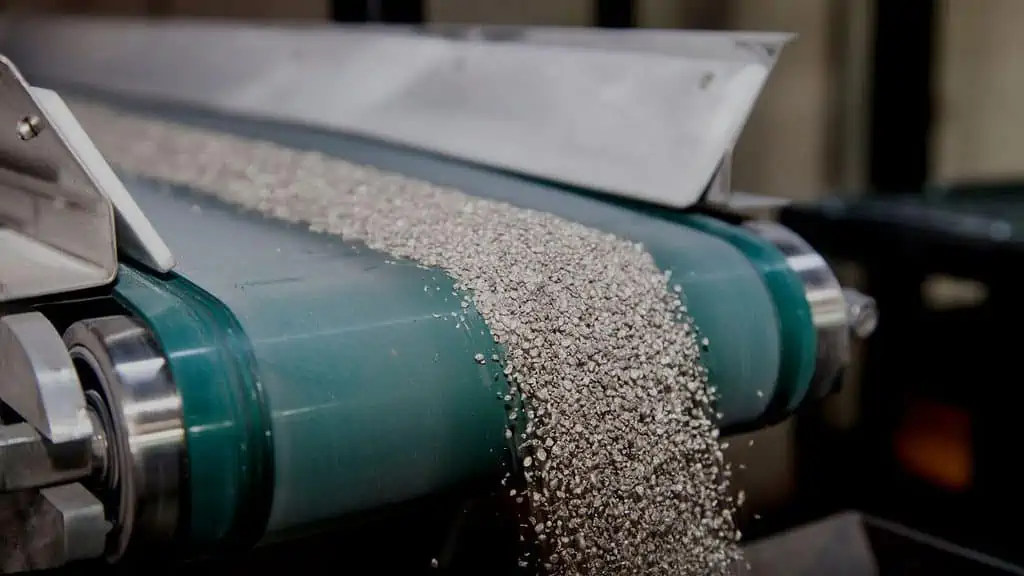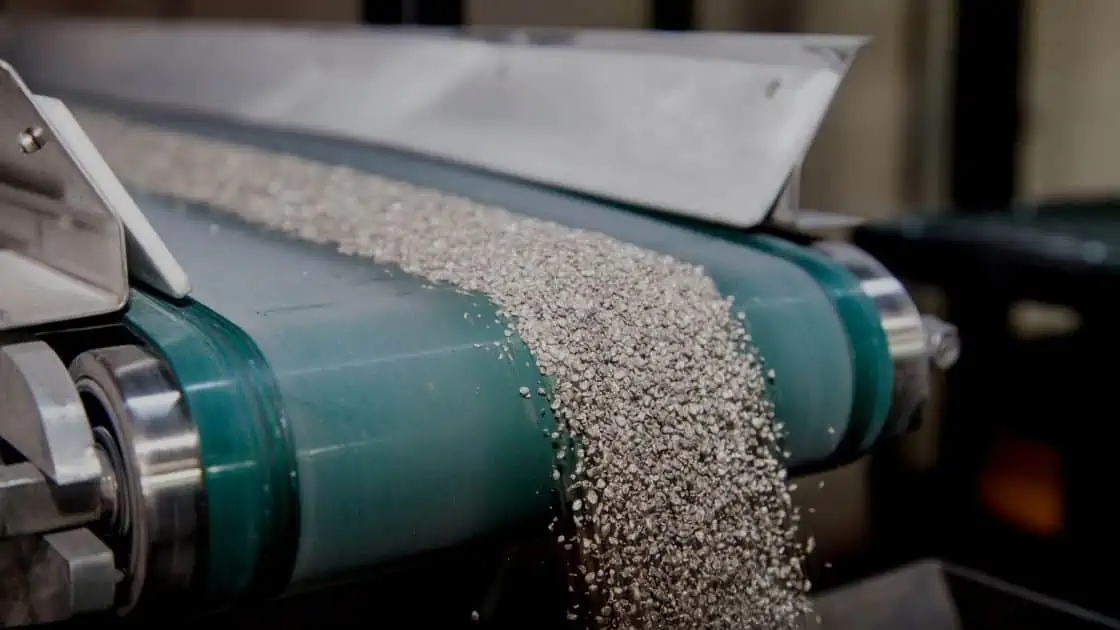A conveyor belt is a vital piece of equipment in the material handling industry. They are the long movable strips employed to transport various goods from one location to another—primarily utilized for quickly moving a large amount of stuff. A belt conveyor is another name for a conveyor belt. Conveyor Belt hire is a process where instead of buying, people hire it for use. This process is typical everywhere.

Industrial Conveyor belt system
An Industrial conveyor belt system uses two or more pulleys. The conveyor belt revolves around them in an ongoing stream of conveyance. One or both pulleys should be power-driven to move the belt and transport material.
Typically, these belts are of leather, rubber, PVC, urethane, neoprene, nylon, nitrile, polyester, and other materials. The material used to build industrial conveyor belts is composed of several layers. Most belts used to convey materials have two layers. Carcass, the layer directly below, gives lines their strength and shape. It uses polyester, nylon, and cotton to make the carcass. The cover is the term for the top layer.
Its body needs several types of rubber or plastic composites.
Industrial uses of Conveyor Belt
Before technological development, one utilized labor to move materials and items in the industrial business. These goods have to be moved around by people using a mobile transportation device of some sort. This mode of transportation was subject to several dangers, including product deterioration and improper handling.
However, as technology advanced, we created new and improved methods of moving products. Conveyor belt systems are the most economical means of moving materials and goods in the manufacturing sectors among these new techniques.
Human resources need physical labor, which raises liabilities. Conveyor belts can eliminate the need for physical work, lower labor costs, and boost business profits. Due to their enormous success, almost every industry has begun implementing this excellent method in their transportation system.
Steel cord and fabric belting are the two basic categories of conveyor belts. Despite having the same exterior traits, they have different internal structures. The separation of the steel belts in this series is through the rubber. For various applications, you can employ multiple types of straps. The steel belts, for instance, are utilized in similar manufacturing processes, moving sidewalks and escalators.
Conveyor belts are the kinds of belts that convey material continuously around them while hanging in the air. They have several uses in the industrial, food processing, and other heavy sectors. The automobile, computer, goods, packaging, print finishing, bottling and canning, chemical, pharmaceutical, aerospace, and food processing sectors are among those where these conveyor belt systems shine.
These convey belts move various commodities. Still, the most frequently conveyed items include:
- Nuts and beans.
- Grain and animal feed.
- Wood and furniture.
- Medications and powders.
- Scrap metal.
- Automobile parts.
Why use Conveyor Belt Systems
A few of the advantages of using conveyor belt systems are as follows:
o They are capable of moving materials securely from one location to another.
o They may be installed anywhere and are superior to forklifts in terms of safety.
o They can carry loads of all weights, sizes, and forms because of their construction.
o To lower-danger, several conveyor systems have built-in security features.
The conveyor belt system is a more efficient, modern method of moving goods and commodities from one location to another. They are entirely safe and are simple to put practically anywhere. They are the ideal response to all of your transportation issues.
Widely used Industrial Conveyor Belts with their applications:
- Solid, general-use belts:
In industries, people generally use these solid general-purpose belts. You can use rubber or a material like nylon, polyester, neoprene, or nitrile to make them. You can use the belt’s characteristics to establish the main applications for the belt. The mining and milling sectors frequently employ rubber belts when moving massive quantities of goods like raw ore and aggregates. Contrarily, you can use PVC conveyor belts in grocery shops, and belts composed of rubber, polyester, or neoprene are used in airports to handle baggage.
- Filter belts:
Water treatment businesses frequently employ these filter belts, which allow the particles to pass through a filter rather than being carried by the conveyor system to drain away the excess liquid or toxins.
- Woven metal belts:
You can use these belts in food processing, electronics, and glass manufacturing that deal with cooling, drying, and heating. These belts are constructed of interconnected chains or wiring to assist the movement of air while you convey the product.
- Hinged belts:
People primarily use these belts in recycling industries that deal with scrap and other tiny items. Metal is the primary metal to make these belts. Because of the interlocking hinges, these belts offer a flat, solid surface that spins around the pulley. These belts can withstand heavy use because they are so strong.
- Plastic interlocking belts:
These are primarily usable in the automobile and food packaging industries. These belts are appropriate for settings with frequent belt replacement and cleaning.
These plastic belts are the ideal replacement for metal and cloth belts.
The significant types of conveyor belts that industries use are as follows:
- Flat Belt Conveyors
Pulleys move the continuous flat belts of synthetic and natural fibers like polyester and nylon. The most popular and flexible industrial conveyor systems use flat belts.
- Modular Belt Conveyors
Conveyor belts of this type typically consist of individual and linked belting and are composed of solid plastic.
- Cleated Belt Conveyors
These cleated belt conveyors have vertical cleats assembled alongside the width of the belt.
- Curved Belt Conveyors
With its distinctive curved frame design, this conveyor belt moves items around the corners of the floor, making the most excellent possible use of the available floor space.
Conclusion
It was all about the Industrial Conveyor belt. Conveyors are one of many cutting-edge technologies commonly used to implement a manufacturing or production unit. You can use conveyor Belt hire if you want long-term usage or want to spend less money on it.




